What you’ll need:
- Baking soda
- Water
- Tile brush
- Grout sealer (optional)


Last Updated: April 2, 2021
The key to keeping your tile looking great is finding the best tile floor cleaner that works for you. Continue reading to learn how to keep those floors looking fab!
So many people rave about having tile over carpeting, and, yes, it is often cleaner overall than carpet. However, it’s not necessarily easier to clean. Just different.
The key to keeping your tile looking its best is finding a great tile cleaner that works for you and then keeping up with it. Some types of tile you have to clean nearly every day to keep it in tiptop shape, while other types of tile you might get away with cleaning once a week or every couple of days.
Moral of the story? Tile requires cleaning to look fab, and that means you have to find the right cleaner and method to do the deed. (We've listed our 6 favorite eco-friendly tile cleaners below, too!)
From natural household to personal care, everything at Grove is healthier for you and the planet — and works! We recommend monthly shipments and product refills that you can edit or move at any time. No monthly fees or commitments required.
In short: yes, of course. The truth is that no room can look clean without scrubbed floors. That’s a fact no matter how much work is done to clean the surrounding areas and holds especially true for bathrooms and kitchens.
While tile floors are durable, stylish, and convenient, they can sometimes prove difficult to clean without regular upkeep. Thankfully, there are a variety of tile cleaners available on the market, suitable for all types of tile ranging from ceramic and porcelain, to marble and granite.
In some cases, you might find that homemade cleaners do a better job of cleaning your tile than commercial cleaners. However, you still need to adjust the recipes and tools you use, depending on the type of tile you’re cleaning and factoring in any specific types of stains for best results.
Step 1: Start by making a thin paste with baking soda and water. You can also add white vinegar to tackle more stubborn stains.
Step 2: Apply the cleaning paste to the stained area, covering it completely. Allow it to rest overnight for the best results.
Step 3: After you’ve let the cleaner do its job during the night, use a nylon brush to scrub the grout in the morning. This will loosen any debris still stuck to the grout and tiles so that you can rinse it clean with water.
Step 4: Once the tile and grout has dried completely, you can apply a silicone-based grout sealer on top. This will form a layer of protection between the clean grout and surface dirt and debris, helping you keep your tile cleaner, longer.
Step 1: Mix together oxygen bleach and water according to the product directions. This type of bleach is color-safe and non-toxic, and can also be used on colored tiles.
Step 2: Fill a spray bottle with the cleanser solution and apply it to the grout. For stubborn stains, use a nylon brush to help scrub it deeper into the grout. Allow the solution to sit for at least half an hour.
Step 3: Using a nylon brush, again scrub the grout lines. Scrub one portion at a time and keep clearing off the loosened debris with a towel or water.
Step 4: Once all the grout is clean, rinse the area with fresh water to remove any particles left behind and remove any remaining cleaning solution as well.
Step 5: Allow the area to air dry completely before applying a grout sealant on top to help keep it clean.
Step 1: The first step is to sweep the surface of the tile with a broom or use a vacuum cleaner to remove any debris that may cause scratching on the tiles.
Step 2: Mix together hot water and liquid dish detergent to form a cleaning solution.
Step 3: Wash the tiles using your cleaning solution. You can wash it by hand with a rag, or wash it using a mop.
Step 4: If you want to spot-treat to get rid of any stains, try blotting the stained area with hydrogen peroxide. It acts as a mild bleaching agent that can help clear away the stain without damaging the tiles.
Your bathrooms and the kitchen in particular often see a lot of foot traffic, along with plenty of moisture and dirt. As a result, tiles and grout can become stained and hard to clean. This can make the whole room look dirty because of the darkened color of the grout lines, no matter how spic and span the rest of the home is.
In many cases, bathrooms also have a layer of soap scum that settles on the tile floors, making them look even dirtier. The situation only gets worse when mold and mildew starts to grow because of excess moisture.
Meanwhile, your kitchen is a room that may be the frequent victim of accidental spills, whether it’s that delicious glass of wine at dinner, a favourite food sauce from the stove, or random spills like coffee and tea. All do their part to stain tile and grout. That’s why these two areas need special attention to maintain their cleanliness and freshness.
Bathroom and kitchen tiles ideally should be cleaned at least once a week, no question. You could even do a quick wipe down daily. Weekly upkeep will help prevent layers of dirt, grime, stains, and debris from accumulating and getting ingrained into the grout and tiles permanently.
Wiping your tile down with clean water should be enough to maintain its condition. However, scrubbing may be required for more stubborn dirt and debris that doesn’t come up when you wipe it. Incorporating a regular cleaning routine will increase the life of your tile and grout to a surprising degree.
If you want to try something other than the homemade cleaners we’ve mentioned above, there are some well-loved tile cleaners available commercially. We’ve listed the best tile and floor cleaners below.
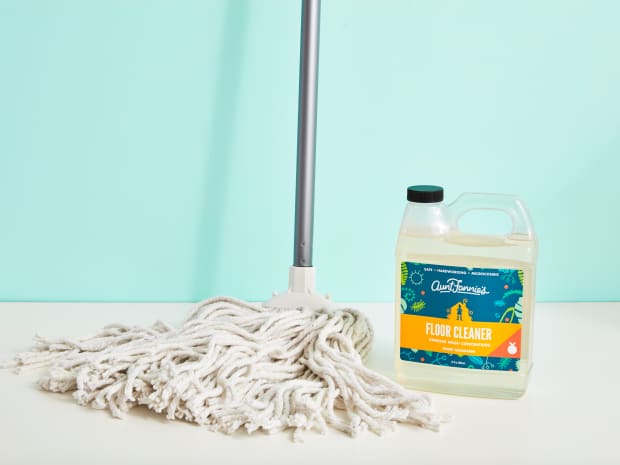
Aunt Fannie's Vinegar Wash Floor Cleaner: This cleaner is non-toxic, vegan, and healthy for kids and pets who are the ones that are on the floors most often. It also uses the natural power of vinegar to get rid of dirt, muck, and all things that make us say yuck.
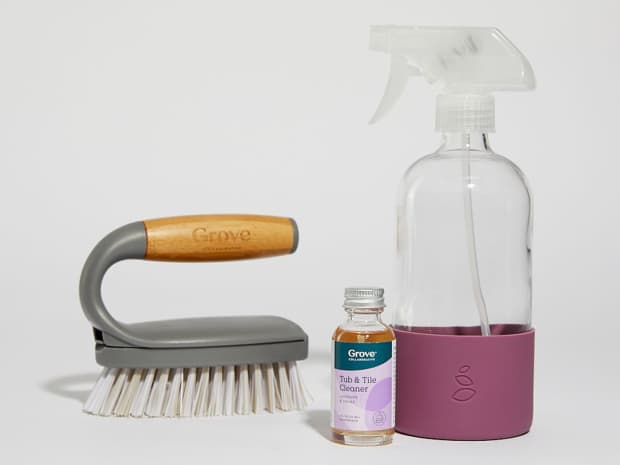
Grove Co. Tub & Tile Cleaner Concentrate + Glass Spray Bottle with Silicone Sleeve: Of course, we can't not mention our own tile cleaner concentrate and colorful glass bottle. Our tub and tile cleaning concentrate is proven to remove soap scum as powerfully as other natural cleaners and is sustainably designed for our Reusable Spray Bottle.
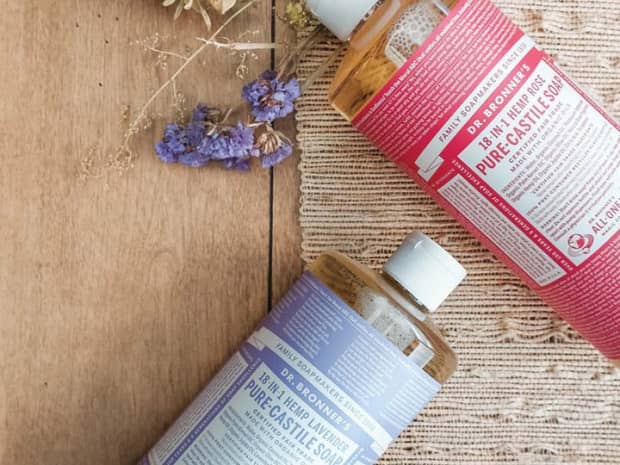
Dr. Bronner's All-Purpose Cleaner: This cleaner can be used to clean your counters and mop your floors! What's better than a natural product that cleans multiple things?
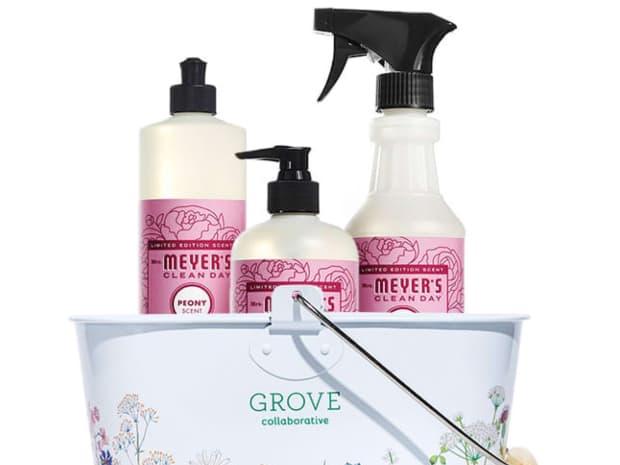
Mrs. Meyer's Tub & Tile Cleaner: These unique fragrances are made to smell just like flowers and other beautiful things you’d find in a backyard garden, inspired by an actual Midwestern garden. Plus, the natural ingredients clean just as well as the chemicals.

method Tub & Tile Spray: The lactic acid– and corn-starch derived decyl glucoside in this spray go to work to beat down disgusting dirt and scum.
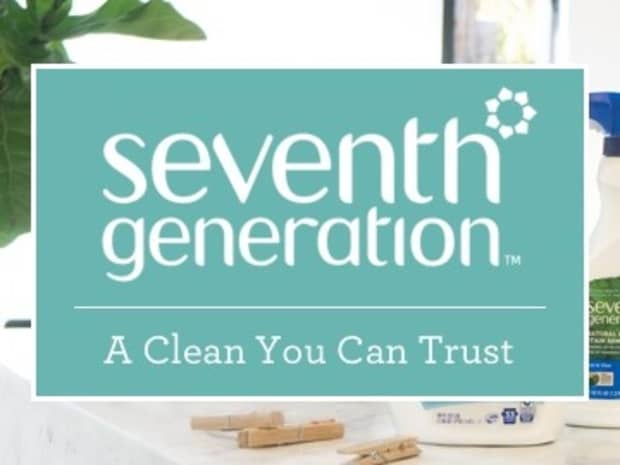
Seventh Generation Tub & Tile Cleaner: This effective Tub & Tile Cleaner formula is made with plant-derived cleaning agents and works hard to keep bathroom surfaces free from soap scum build-up.
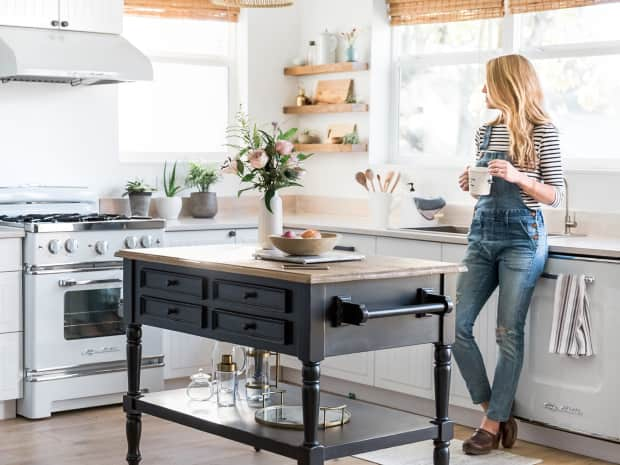
Your dishwasher deserves an occasional deep scrub to keep it working its best — and your dishes free from grime.

Our cleaning guide for ovens that are a sticky mess makes it easy to tackle a tough task with natural products.

Follow our step-by-step guide to cleaning this relaxing bathroom staple so you can soak sans stress — or germs.

Having to clean toilets isn’t ideal, but the end result is certainly rewarding. Follow our simple guide for the best results.